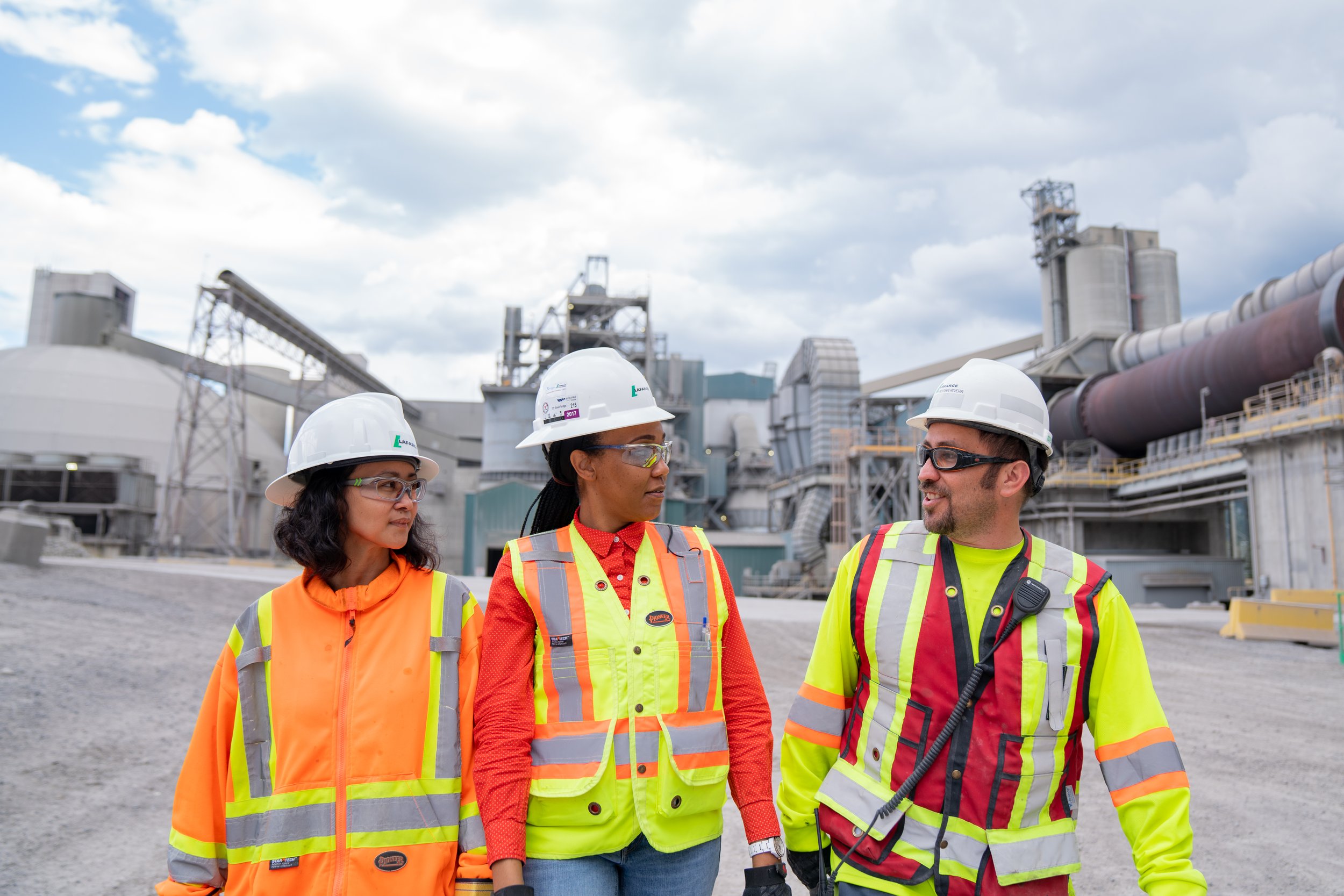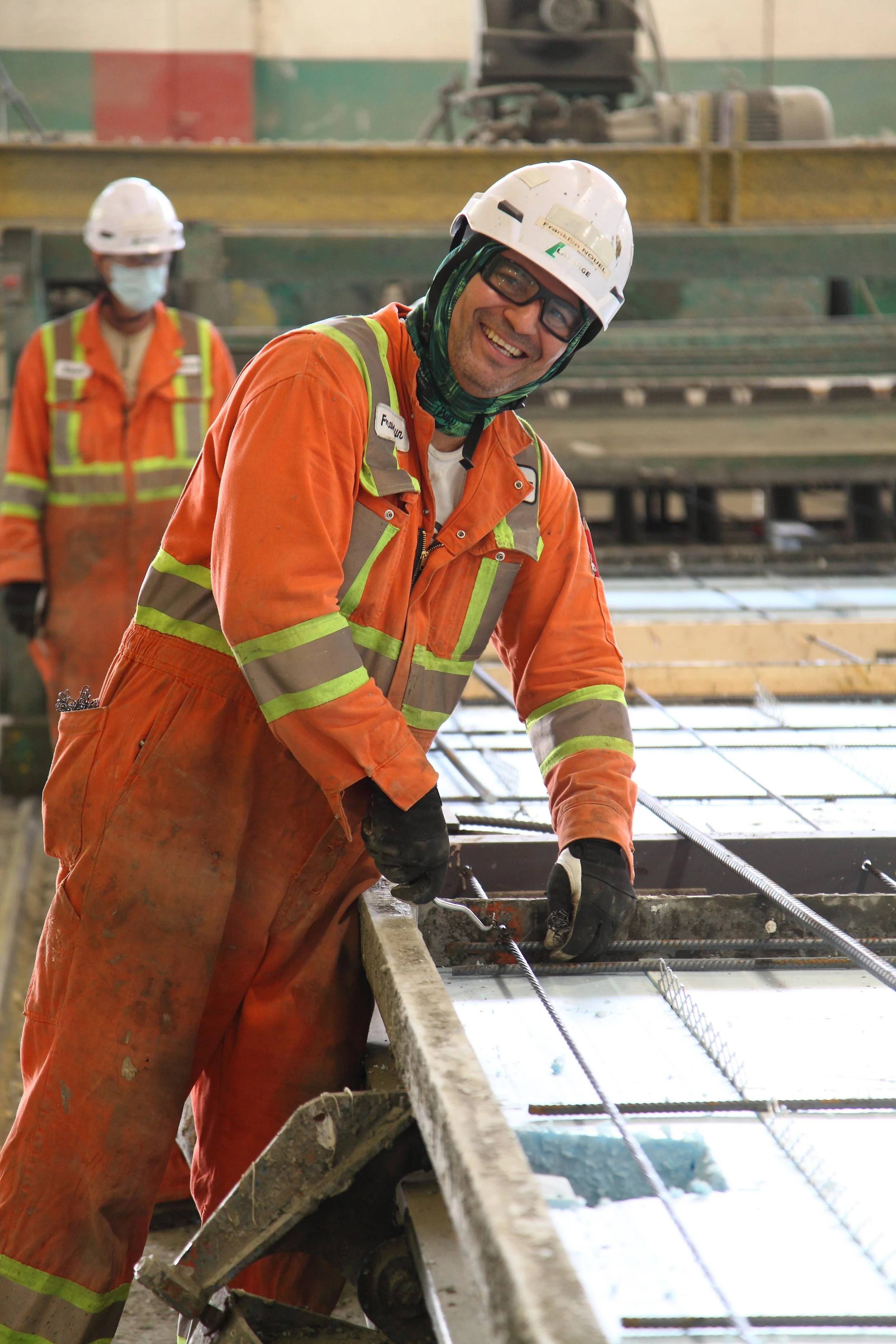
Who We Are
The Lafarge Exshaw Cement Plant is a world-class facility nestled in the beautiful Canadian Rocky Mountains.
Our rich history dates back to 1906, when workers first arrived to build what would become the largest and most advanced industrial plant in the country.
The plant went through several changes and was modernized between 2013 and 2016 to incorporate the latest advancements in cement production technology. This upgrade not only enhanced our capacity to cater to markets across western Canada and the Pacific Northwest, but also significantly improved our environmental and economic efficiency.
With a workforce of 160 dedicated employees, Lafarge Exshaw stands as the largest cement plant in Canada. Our contributions to the communities in which we operate are invaluable. The materials we produce - including cement, ready-mix concrete, stone and asphalt - are used in approximately 80% of the buildings and roads in the region. We are playing a vital role in building and developing the communities where people live, work and play.
The plant’s proximity to limestone quarries allows for efficient sourcing of raw materials, while quarrying operations for sandstone and shale occur about 10 kilometres northwest in the Yamnuska and Seebe quarries. This strategic set-up minimizes transportation and logistical challenges.
Lafarge Exshaw stands as an example of how industrial operations can prioritize both environmental stewardship and economic growth. By leveraging cutting-edge technology and focusing on sustainability, the plant has become an integral part of the Bow Valley community.
Our commitment to the environment and sustainability
Recent technology updates at Lafarge Exshaw have yielded impressive results in terms of emissions reduction and environmental impact. The plant has achieved a remarkable 60% reduction in sulphur dioxide emissions and a 40% reduction in nitrogen oxide emissions. This has improved air quality and contributes to the overall well-being of the surrounding communities.
Water conservation is also a top priority. The plant has successfully implemented practices that have led to zero water discharge from its operations.


